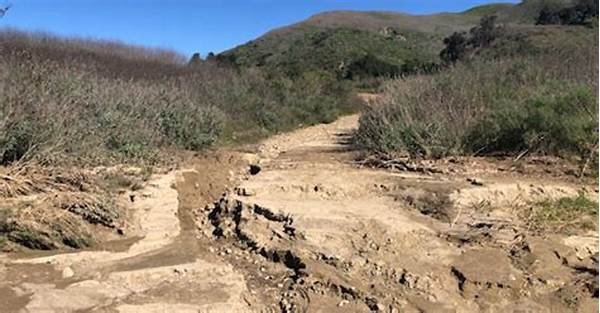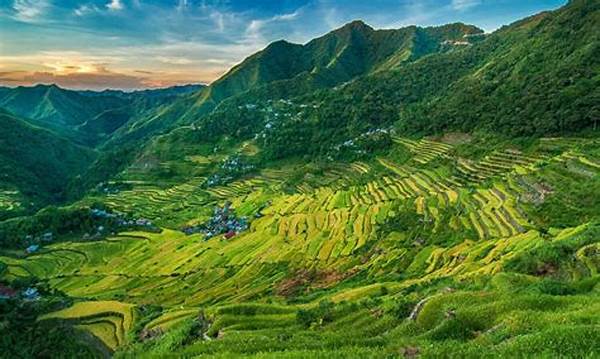Imagine planning an exciting weekend escape to the great outdoors, your backpack filled with gear and the thrill of adventure pulsing through your veins. You’re ready to conquer nature’s grandeur when—bam!—you’re notified that the hiking trails are closed due to bad weather. While this might sound like the setup for a sitcom with Mother Nature pulling a prank, it’s a serious matter that affects both novice adventurers and seasoned hikers alike. But don’t let this news dampen your adventurous spirit; there are always alternative plans and meanings behind such closures.
Read More : Why Couples Love Visiting The Natural Fence Tourist Spot This Year
Now, wouldn’t you love to be in the know, gaining unique insight into why these closures happen and how they can affect you? Stay tuned, as we unearth the secrets, stories, and stats surrounding these closures. Stick around because what you learn here might not only save your trip but also make you ever the wiser for future hikes. Plus, there’s a silver lining to every weather cloud that rolls in; it’s just about finding it.
Why Are Hiking Trails Closed Due to Bad Weather?
Hiking trails are closed due to bad weather to ensure the safety of trekkers and protect the natural environment. Mother Nature can be quite unpredictable, and venturing onto trails when the weather takes a wicked turn can spell disaster. Torrential rain, heavy snowfalls, strong winds, and sudden temperature drops aren’t just inconveniences; they are serious hazards. These natural occurrences can lead to trail erosion, fallen trees, and even unpredictable water levels in rivers and streams.
Furthermore, the impact of bad weather can be long-lasting. When hiking trails are closed due to bad weather, it’s a preventive measure that avoids long-term damage to the ecosystem. It’s about keeping nature pristine for the next wave of enthusiastic hikers.
The Dangers of Ignoring Trail Closures
Ignoring trail closures can be tempting for the daring. Yet, it’s crucial to understand the potential perils. For starters, adventurers can get caught in unforeseen storms, which could easily escalate into emergencies. What’s more, wet and muddy trails are slippery and treacherous, leading to higher risks of falls and injuries. Plus, trails weakened by bad weather can collapse unexpectedly, especially in areas with steep inclines or cliffs.
It’s About Timing and Safety
While some hikers might view these closures as a mere obstacle, there’s a greater purpose to them. Authorities monitor weather conditions assiduously to determine when a trail should reopen; safety is at the forefront of their decisions. Typically, once the weather stabilizes and any needed repairs are made to affected trails, hiking paths are reopened.
Interview with a Ranger: Insights Into Trail Closures
We caught up with a local park ranger, John, who gave us the inside scoop on trail closures. “People often think we’re just looking for a reason to close trails,” he chuckled. “But honestly, we want everyone to be safe. Unpredictable weather can cause unexpected landslides or flash floods. It’s not just about today; it’s about conserving these trails for the long term.”
Read More : Latest Conditions Of Situ Patenggang
Examples and Outcomes of Trail Closures
Below are some real-life examples and outcomes when hiking trails are closed due to adverse weather:
Key Points to Remember
The Broader Picture: Nature’s Way of Telling Us Something
In conclusion, hiking trails closed due to bad weather are not just an inconvenience. They represent a balance between adventure and caution, pleasure and preservation. Every closed trail is a reminder to respect the unpredictability of the natural world. It’s about honoring the expert insights of those who work tirelessly behind the scenes to keep us safe and ensure our future adventures are just as memorable.
So, the next time you find your hiking plans thwarted by a closure, take a moment to appreciate the larger narrative at play. Whether it’s a chance to learn, discover new paths, or simply enjoy a cozy day indoors with a map in hand planning your next sure-to-be-successful hike, remember: Bad weather may close a trail, but it opens the imagination to endless possibilities.


